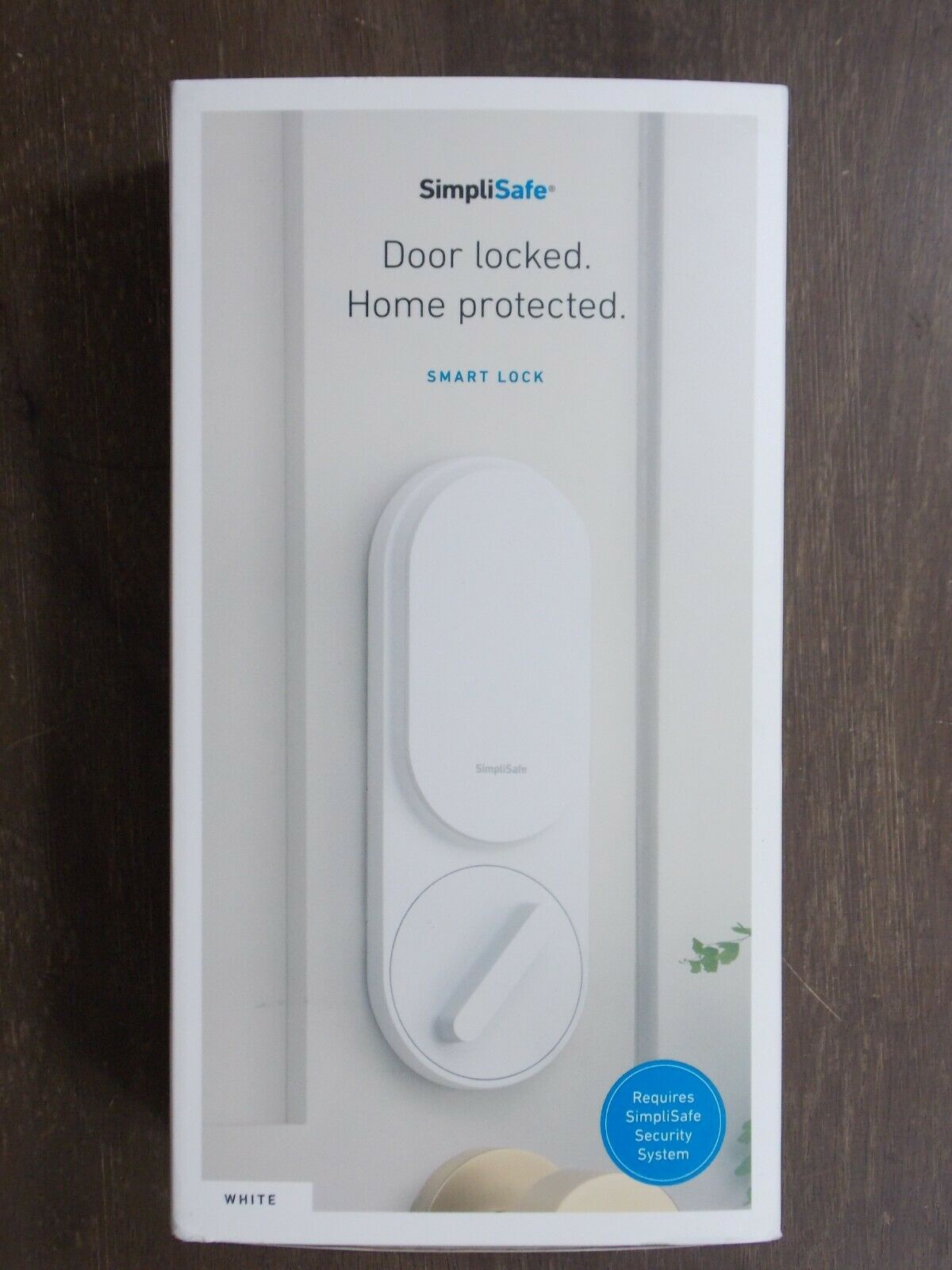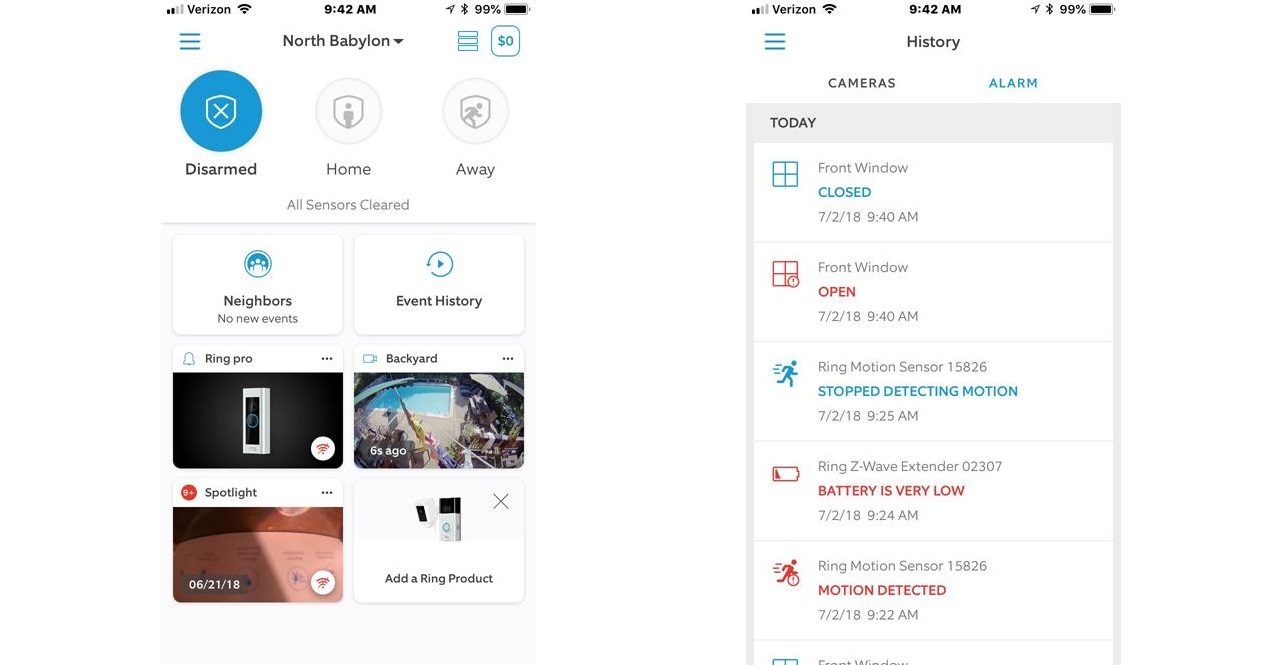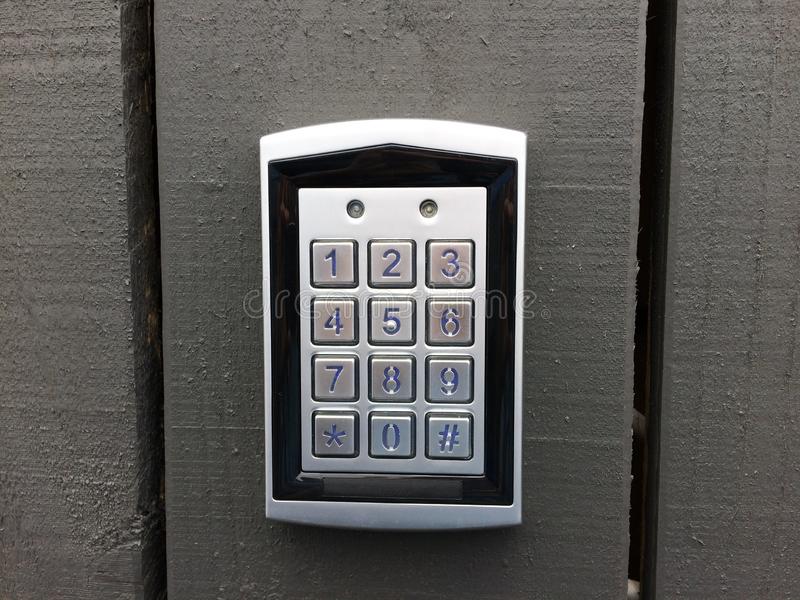
HomeKit has a range of products that you can choose from. Apple's smart platform makes it easy for you to control a number of devices.
Best Homekit Accessory for 2020
If you want to expand your smart home's powers, you'll need a few accessories to do so. These devices allow you to control your lighting, cameras and other devices. The devices you receive will be compatible with other HomeKit-enabled products, such as Siri remotes.
The WeMo Dimmer Switch
WeMo Dimmers are Apple Homekit compatible devices that can be used by those who don't wish to use a hub, but would like to automate the lights. The dimmer is equipped with a touchscreen and faceplate, allowing you to dim the bulbs or create a schedule for your lights to be turned on and off.

Eve Button
The Eve button has a sleek, premium design and it works with Siri. With a push of a button you can turn on/off devices or create HomeKit scene. The Eve button is super responsive and allows you to assign four different actions, including single, double, or hold.
Lifx Z - Multi Color LED Light Strip
Lifx Z is an 6.6-foot-long programmable, ribbon that can be used with Apple HomeKit. This ribbon allows for the control of color and lighting levels. You can either control each light individually or use the rhythm-add-on to create an synchronized effect.
Nanoleaf Light Panels - Shaped Triangular Smart Lights
Nanoleaf intelligent light panels can also be used to add some personality to your house. These triangular-shaped lights can be activated with Apple HomeKit and come in many different colors. The triangular lights are more expensive but add an elegant touch to your home.
Eve Indoor Sensor
If you're suffering from allergies or asthma, the Eve indoor sensor is a great choice for your home. It's a HomeKit-enabled accessory that can measure temperature and humidity, as well as detecting the number of volatile organic compounds in the air.

It is a small, discrete HomeKit-enabled device that works with Siri. You can ask Siri to read the temperature and humidity. It is suitable for indoor and outdoor use, and has a HomeKit compatible accessory that comes with a durable battery.
Netatmo weather station - HomeKit enabled
Netatmo Weather Stations make a wonderful addition to any home. They are perfect for anyone looking for an outdoor temperature sensor. It can alert you to bad weather via a smartphone, tablet or hub.
FAQ
Which wireless security system is the best?
D-Link Wireless Security System, which I highly recommend, is the best wireless security solution. It's also one of the most cost-effective systems. Everything you need is included in one package. It comes with a camera, motion sensor, and remote control. It is easy to connect it and follow the instructions.
What is the best home surveillance camera?
If you want to protect your family from intruders, then you should consider buying a home security system with cameras. These systems are simple to use and offer great benefits for homeowners as well as renters. They allow you to monitor your home remotely from any smartphone, tablet, laptop, or other mobile device.
Can ADT ever be hacked
ADT security system remains one of the most trusted home alarm systems. ADT Home Security System is considered by many to be the best option. They simply trust its reputation of being a reliable company dedicated to protecting homes from burglars and fires.
As with all things, hackers can compromise even the most trusted organizations. Hackers can hack into any network at any given time and steal sensitive information. If a hacker manages to infiltrate your network, they can access everything on the computer and modify the important settings. Hackers can, for instance, delete files and change passwords. It's important for you to remember that hackers could still try to access your house by stealing files, changing passwords, or deleting files. It is important to be armed with information about how to protect your systems.
Statistics
- (In my experience, the discount on my home insurance covered about 25 percent of the subscription of an average plan, but your mileage may vary depending on your location and the size of your home.) (theverge.com)
- Cove sets you free without punishing penalties and fees, unlike other security solutions that charge 75% to 100% of your remaining contract. (safewise.com)
- Unlike other online safety services that charge up to 100 percent of your monthly fee, Cove charges no upfront fees and has no hidden costs.
- That's probably why Cove has a whopping 98%* customer retention rate. (safewise.com)
External Links
How To
How to Install a Home Security System
A home security system monitors your property and alerts if there is any activity. It could consist of a motion sensor and doorbell camera as well as smoke detector, smoke detectors fire alarm, flood alerts, carbon monoxide detectors and burglar alarms. A home security system typically includes one or more sensors, such as motion detectors. These sensors send signals when they sense movement or sound. The signals are then sent out to a control board where they can monitored and recorded. A control panel will alert your phone, tablet or computer if something is wrong. You'll know what's going on and can take action immediately.
The first step to installing a home security system is choosing the right type of sensors for your home. There are two main types. Active and passive sensors. Passive sensors aren't powered by batteries. They just detect sounds and vibrations in their environment. They can be doorbells or sirens as well as buzzers. Active sensors use electricity to transmit data. Examples of such sensors include cameras and motion sensor.
There are many options for sensors. Each brand has its pros and cons. Some sensors can withstand extreme weather conditions, while others cannot. Some of them have built in speakers so that you can still hear them from outside. Others work only inside. Some have simple features, while others provide advanced features like night vision.
After you have decided on the best sensors for your property's needs, you will need to choose a manufacturer. This will ensure that all your sensors work together. Your local hardware store should have plenty of options to choose from.
After choosing a brand of sensors to use, you can decide how many to purchase. Depending on whether someone lives alone or with their family, most people buy one to two sensors. You might want to buy more sensors if you intend on adding them later.
Next, think about where you want them to go. Do you want them near windows and doors? Do you prefer to keep them away? Before you place them on your property, make sure that you have permission. You should also ensure that they don't interfere with electrical outlets or other property features.
Now that you know the exact location of your sensors you will need a connection to your control board. A power adapter or battery package may be required depending on your setup. Once everything is set up, it's time to start monitoring your property.